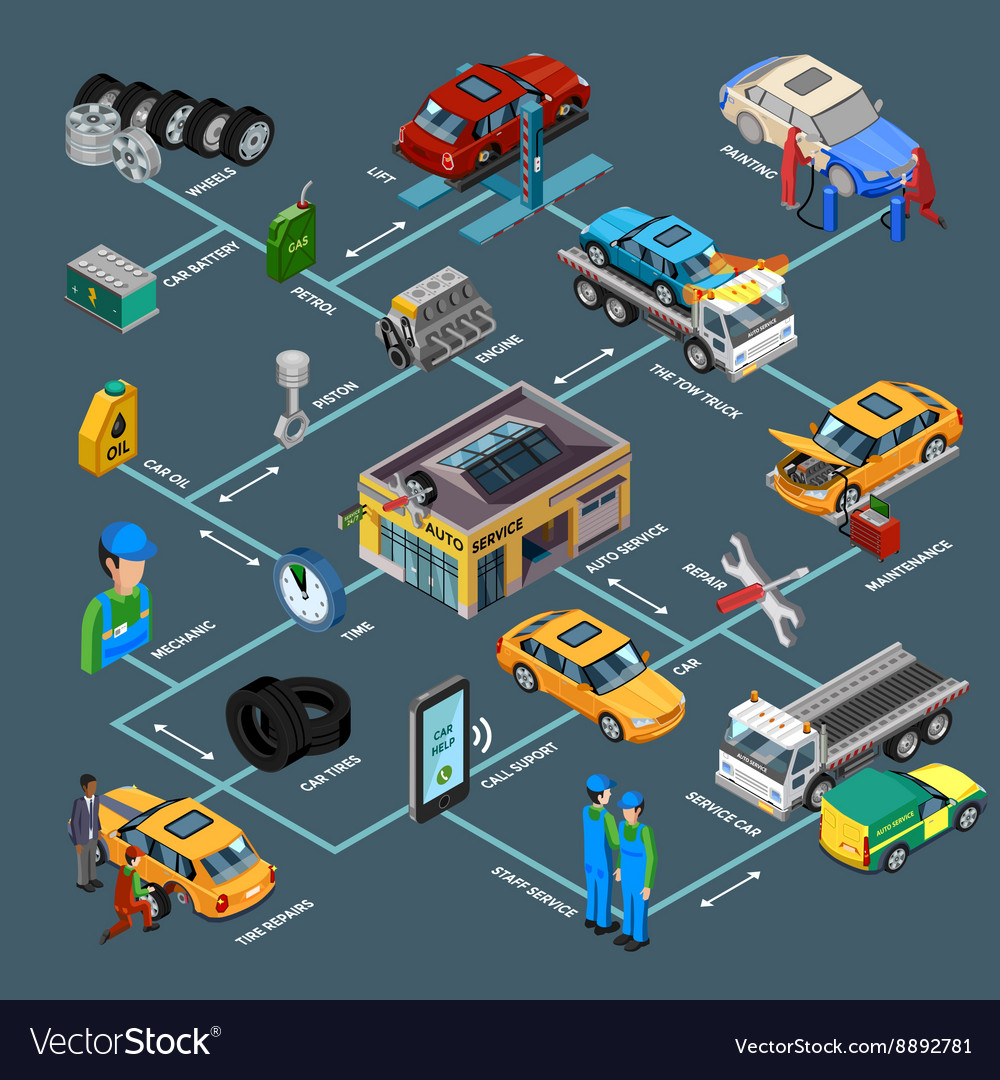Recognizing Your Car'S Caution Lights: What Do They Really Mean?
Recognizing Your Car'S Caution Lights: What Do They Really Mean?
Blog Article
Authored By-Sykes Winters
When you're behind the wheel, those beautiful caution lights on your control panel can be a little bit puzzling. Do you understand what they're attempting to inform you regarding your cars and truck's wellness? Comprehending car headlight detailing of these lights is vital for your safety and security and the longevity of your lorry. So, the next time among those lights appears, would not you want to decipher its message accurately and take the necessary actions to address it?
Common Warning Lighting and Interpretations
Determine usual warning lights in your cars and truck and recognize their meanings to ensure risk-free driving.
The most regular warning lights include the check engine light, which signifies problems with the engine or emissions system. If this light begins, it's important to have your automobile inspected quickly.
The oil pressure advising light suggests low oil pressure, requiring prompt focus to stop engine damage.
A flashing battery light could recommend a faulty billing system, possibly leaving you stranded otherwise attended to.
The tire pressure surveillance system (TPMS) light alerts you to low tire stress, influencing automobile security and gas efficiency. Disregarding this could cause risky driving conditions.
The abdominal light shows a trouble with the anti-lock braking system, endangering your capacity to stop swiftly in emergencies.
Lastly, the coolant temperature alerting light warns of engine getting too hot, which can lead to extreme damages if not fixed swiftly.
Comprehending these typical caution lights will certainly assist you address concerns immediately and preserve secure driving conditions.
Relevance of Prompt Attention
Recognizing the common caution lights in your car is just the primary step; the value of immediately dealing with these cautions can't be highlighted enough to ensure your safety and security on the road.
When a warning light illuminates on your dashboard, it's your vehicle's way of connecting a prospective concern that needs focus. Neglecting these warnings can cause extra serious troubles down the road, jeopardizing your safety and security and possibly costing you more out of commission.
Motivate focus to warning lights can stop breakdowns and crashes. As https://www.myrtlebeachonline.com/news/local/community/conway/article255336521.html , a blinking check engine light might show a misfire that, if left unattended, could cause damage to the catalytic converter. Resolving this promptly can conserve you from a costly fixing.
Likewise, a brake system advising light might indicate reduced brake liquid or used brake pads, crucial components for your safety when driving.
Do It Yourself Troubleshooting Tips
If you see a caution light on your control panel, there are a couple of DIY repairing pointers you can attempt prior to seeking professional aid.
The primary step is to consult your car's handbook to recognize what the specific warning light suggests. Sometimes the problem can be as straightforward as a loose gas cap setting off the check engine light. Tightening the gas cap might fix the trouble.
An additional usual issue is a low battery, which can set off numerous warning lights. Examining the battery connections for deterioration and guaranteeing they're safe and secure may repair the issue.
If a caution light continues, you can try resetting it by disconnecting the vehicle's battery for a few minutes and afterwards reconnecting it. In addition, inspecting your automobile's liquid levels, such as oil, coolant, and brake liquid, can assist repair alerting lights related to these systems.
https://maintenancecalendar28406.blogs100.com/30421497/success-story-renewing-a-deserted-car-with-specialist-outlining
To conclude, recognizing your automobile's warning lights is essential for maintaining your automobile running smoothly and safely. By immediately resolving these alerts and understanding what they mean, you can avoid expensive repair work and prospective malfunctions.
Bear in mind to consult your automobile's manual for specific information on each alerting light and do something about it as necessary to guarantee a trouble-free driving experience.
Remain notified, remain risk-free when traveling!
